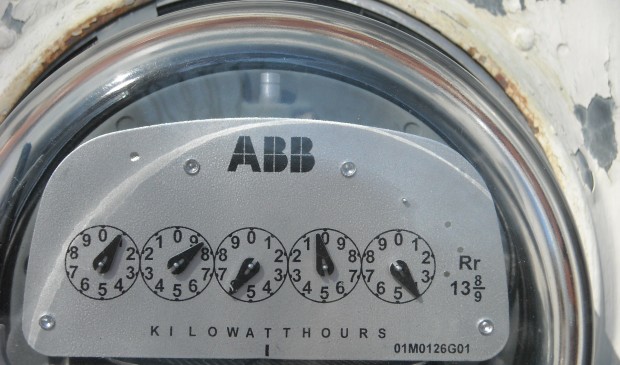Demand charge change could cost $7 million
Friday, September 4, 2015 by
Tyler Whitson As the deadline closes in for City Council to decide whether to increase the demand charge threshold for small commercial Austin Energy customers as part of the city budget, utility staff has released figures that may impact that decision.
Austin Energy staff reported on Tuesday that consultant NewGen Strategies and Solutions estimates that, based on the most recent data, raising the threshold from 10 to 20 kilowatts would decrease revenue for the utility by approximately $7 million in Fiscal Year 2015-16.
These figures assume that the change would take place on Oct. 1; however, if enacted, the change might not occur until later, to allow time for Austin Energy to reprogram its billing system.
“NewGen also reported that customers with less efficient use of AE’s system are more likely to experience a decrease in their bills than customers who use AE’s system more efficiently,” staff wrote in the budget question response that includes the new estimates.
Mayor Pro Tem Kathie Tovo, who submitted an item to the budget concept menu that would make the change, told the Austin Monitor on Thursday that, while she is taking the new estimates into account, she still plans to propose the amendment.
The debate will likely reach a boiling point in the next week, as Council is set to begin adopting the budget on Tuesday, with a deadline on Thursday at midnight.
Council has received pleas from the Electric Utility Commission and the Austin Independent Business Alliance to go ahead with the policy change as a budget amendment on the grounds that the current threshold presents a financial burden to small businesses, especially those who rent their spaces and are therefore limited in the energy efficiency improvements they can implement.
At the same time, Austin Energy staff is urging Council to hold off on any such policy changes until the city completes a cost-of-service study, which should determine the rates that will go into effect in October 2016.
“There may be other unintended consequences in the solutions to these 10 kW to 20 kW customers,” staff wrote. “Changing rates for one set of customers presumes that rates for AE’s other customers must also change if the utility is to recover its full costs.”
Currently, customers in the smallest commercial class who exceed 10 kilowatts of peak demand between the months of June and September are bumped into a higher class for the following year and must pay demand charges until they can qualify to return to their previous class.
Austin Energy staff wrote that, based on NewGen’s analysis, the number of customers that fall within the 10 to 20 kilowatt range is actually about 8,300 – higher than previous estimates. If Council were to go forward with the policy change as part of the budget, about 92 percent of these customers would see a bill decrease, while about 8 percent would see a bill increase.
The EUC voted on Aug. 17 to recommend that – in addition to raising the threshold back to the 20 kilowatts at which it stood before a 2012 policy change – Council reduce the wait time before a customer can qualify to stop paying demand charges from a year to three months.
Tovo’s concept menu item includes both changes.
Electric Utility Commissioner Shudde Fath, who proposed the commission’s recommendation, told the Monitor on Thursday that she stands by her original request.
In spite of Austin Energy’s reservations, Council made it clear on Tuesday that it did not intend to drop the issue when it took a “straw poll” – in Tovo’s words – on several proposed budget amendments. With Council Member Ellen Troxclair off the dais, the overwhelming majority of Council expressed an interest in considering the item without necessarily indicating support.
“For me, this is an important issue,” said Mayor Steve Adler. “I’ve gotten several different suggestions on how to cut a finer line on this, which I hope to be able to take a look at and work with others to come back to the Council on that. So, this item I don’t think I support, but going to this issue is something that I will.”
While Austin Energy staff provided the budget question response on Tuesday, it appeared that either it was not available at the time of the poll or else none of the Council members had read it, as they did not comment on it. In addition, the projection does not address the impacts of reducing the eligibility wait time to three months.
You're a community leader
And we’re honored you look to us for serious, in-depth news. You know a strong community needs local and dedicated watchdog reporting. We’re here for you and that won’t change. Now will you take the powerful next step and support our nonprofit news organization?









